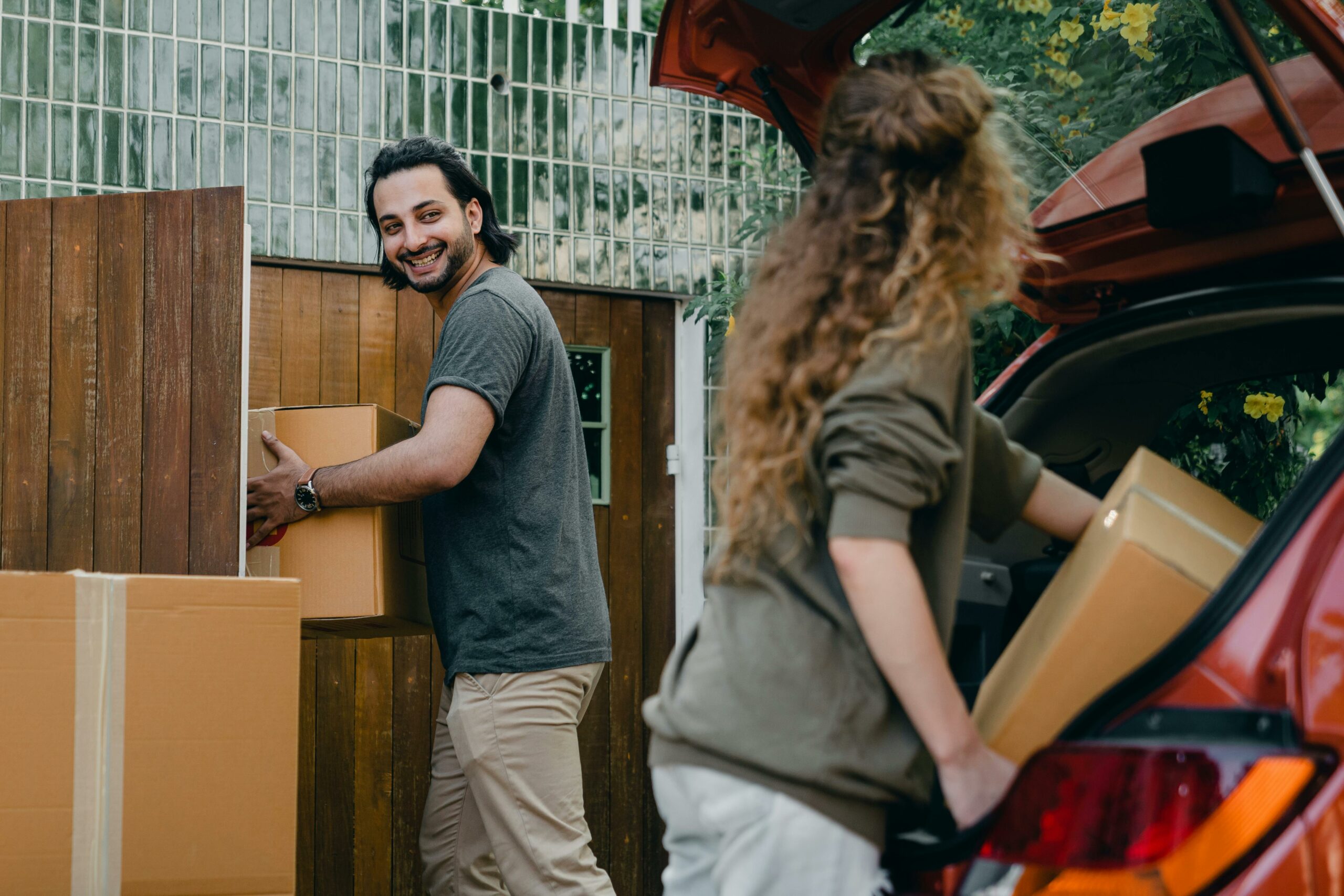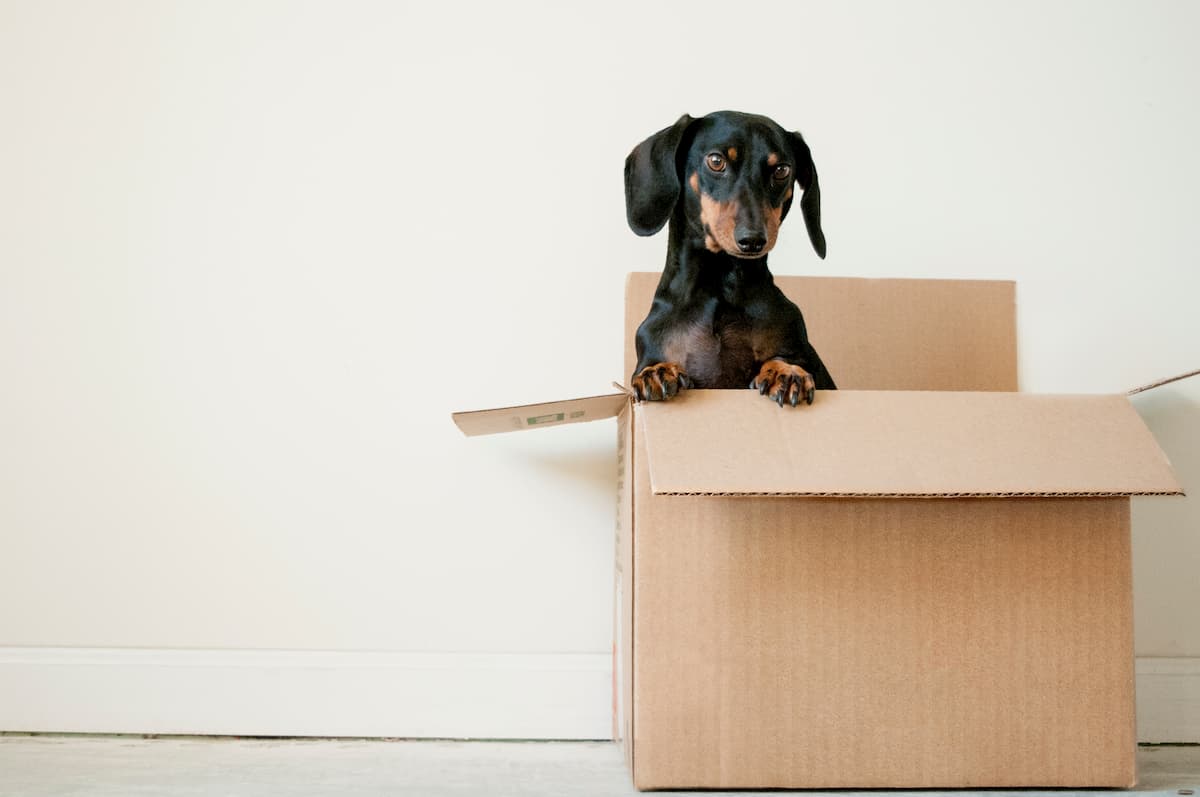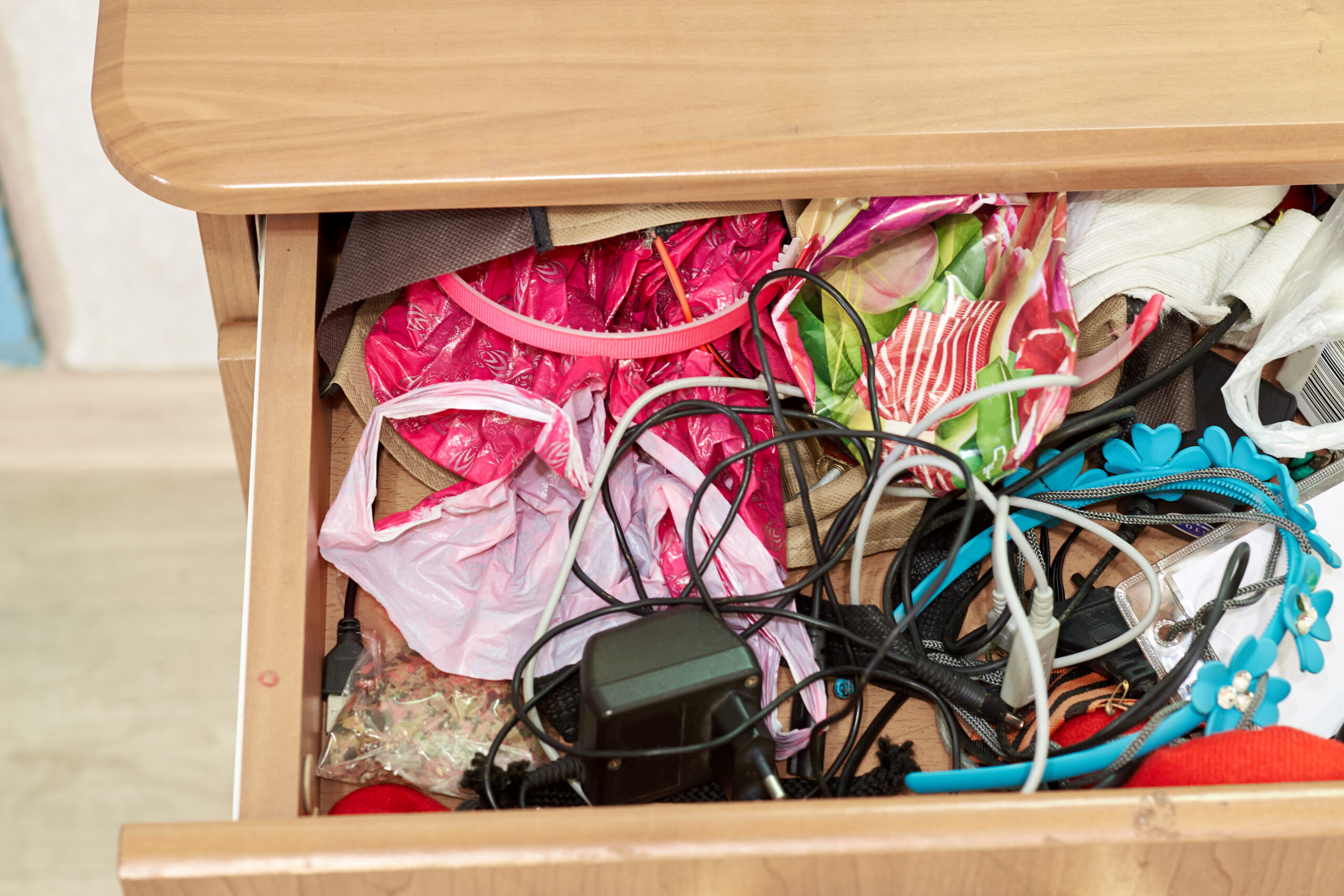Moving artwork safely is arguably an artform in itself. Whether the piece is valuable from a monetary or sentimental perspective, you want it to arrive in your new home unscathed. And you will, provided you prepare your residential move with the right materials and packing techniques.
Before we get to those, we strongly advise erring on the side of caution. Contact your insurance provider to cover any high-value items, or explore options through the right moving company, should you choose to hire the pros for this process.
For now, let us give you a breakdown on how to pack your art properly. The amount of art we’ve moved in our experience could fill a museum several times over…
Step 1: Gather plenty of packing supplies
An obvious place to start? Perhaps. But, unlike other more forgiving items, protecting artwork requires the right packing materials. We recommend the following, at the very least:
- Boxes sized for artwork: Find appropriately sized boxes to fit your pieces securely.
- Bubble wrap and foam: Definitely use bubble wrap for padding and foam sheets for added protection. However possible, don’t skimp on these items as they really make a difference!
- Corner protectors and glassine paper: Add foam or plastic corner protectors for framed pieces and glassine paper to prevent scratches. Trust us, we’ve seen things like a corner of a framed print being dropped while moving, which crushed the corner, sending a massive crack through the entire pane of glass covering the artwork. Invest in those corner protectors!
- Packing tape: Choose durable tape to secure your wrapping and boxes. Again, you can’t have too much of this on hand.
If you’re feeling a little sticker shock by the price of purchasing these products, just remind yourself that it’s an investment in ensuring your artwork is transported securely, without scratches, dings, or a downright shattering.
We’ve seen it all!
Step 2: Prepare the artwork
The type of artwork you’re planning to move will dictate how best to prepare it. For instance:
- Paintings and any other framed pieces: Place glassine paper over painted surfaces to prevent smudging. Cover any glass with cardboard to prevent breakage, then wrap the piece in bubble wrap.
- Sculptures: Pad all parts of the sculpture with bubble wrap and foam, especially delicate areas.
- Prints and photographs: Use two pieces of cardboard to protect unframed prints or photos, then wrap them in plastic to shield them from moisture. This is particularly important if you know that you’ll need to store these items for any length of time. Moisture will quickly wreak havoc on delicate surfaces and materials.
Step 3: Pack securely
Once wrapped, follow these packing steps:
- Line the box: Add bubble wrap, crumpled paper, or foam at the box bottom for extra shock absorption.
- Place artwork carefully: Center the artwork in the box, ensuring it doesn’t touch the sides.
- Fill empty spaces: Use packing materials to prevent movement inside the box.
- Double-boxing for extra protection: For high-value pieces, use a second, larger box for more cushioning.
- Label as “Fragile”: Clearly mark the box with “Fragile” and “This Side Up” to alert handlers.
Step 4: Hire us to do it!
Why not put the responsibility on our shoulders — quite literally! Especially if you’re in a rush to relocate, you’ll benefit from an extra set of expert hands. Our team is professionally trained to move artwork and we have climate-controlled trucks to protect sensitive pieces from temperature changes. Contact Central Lakes Region Movers and request your quote today!











